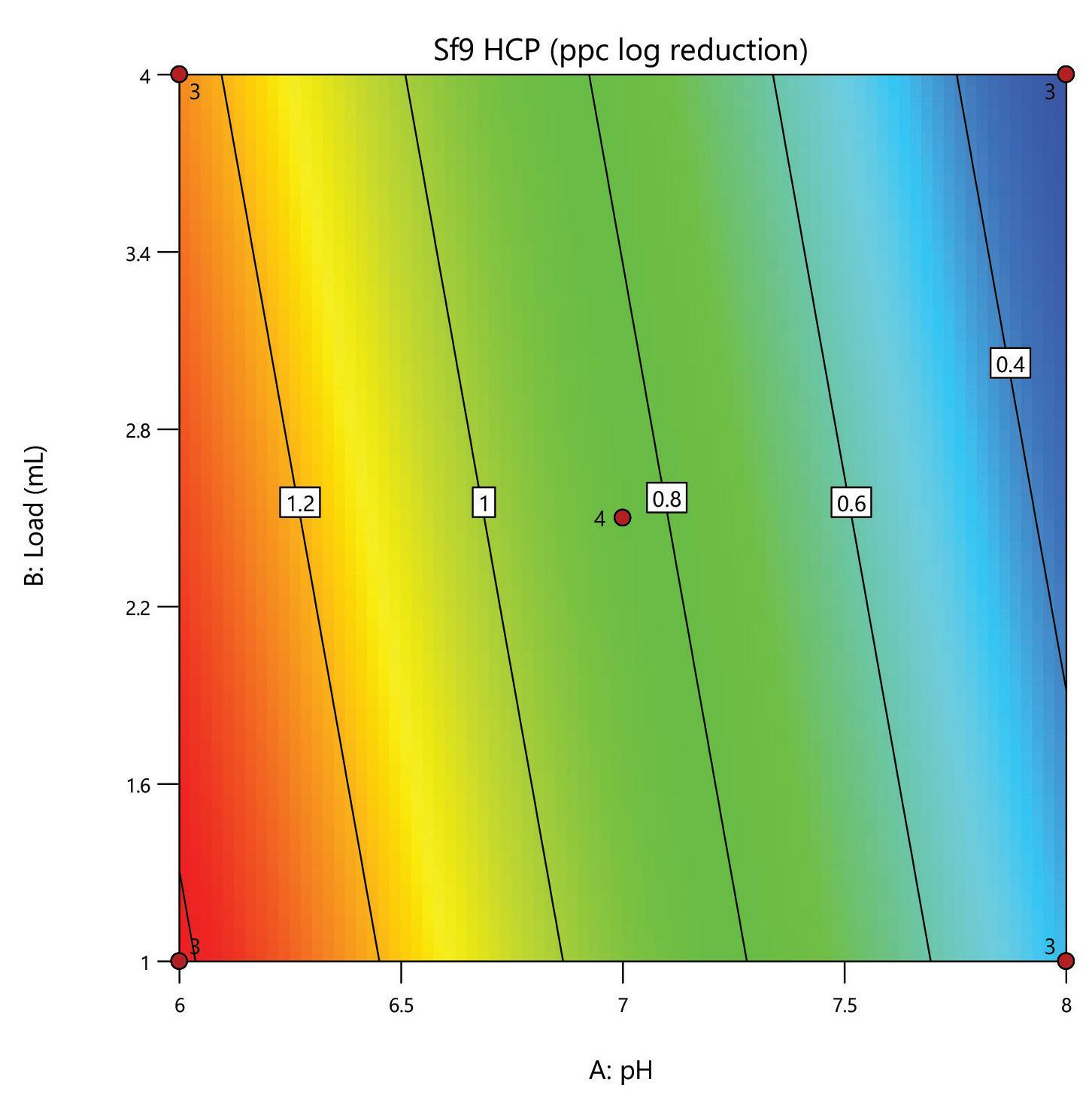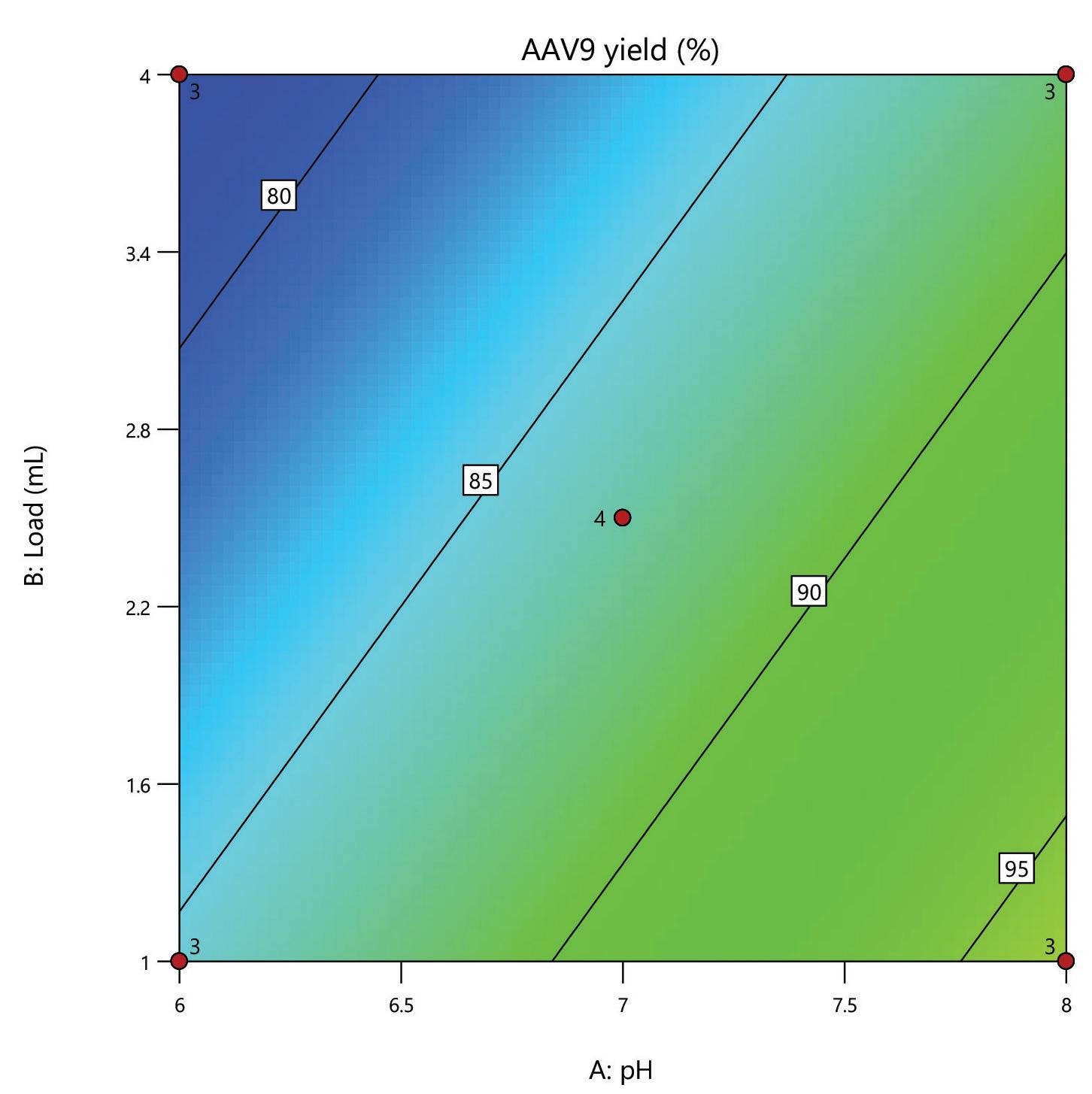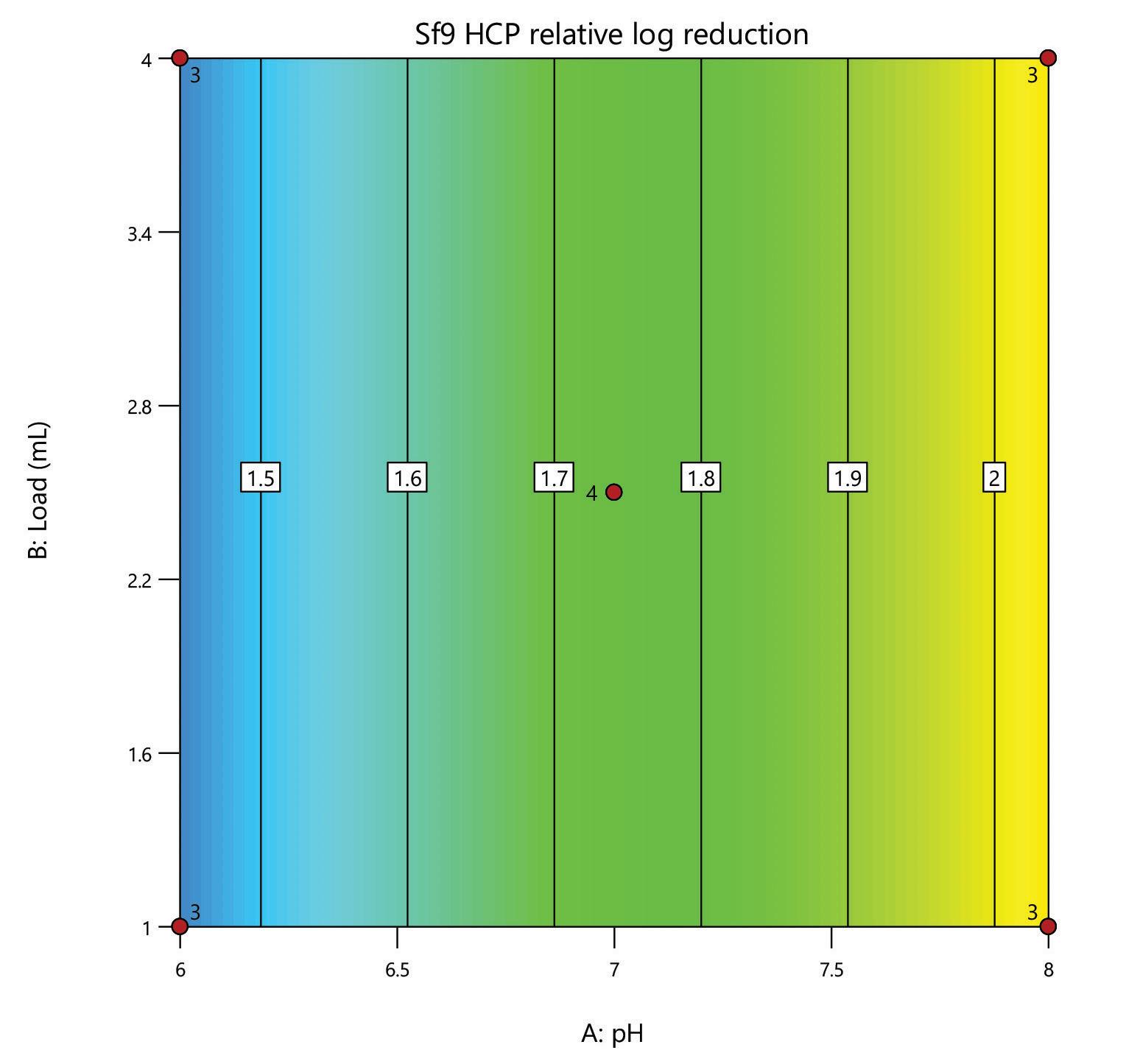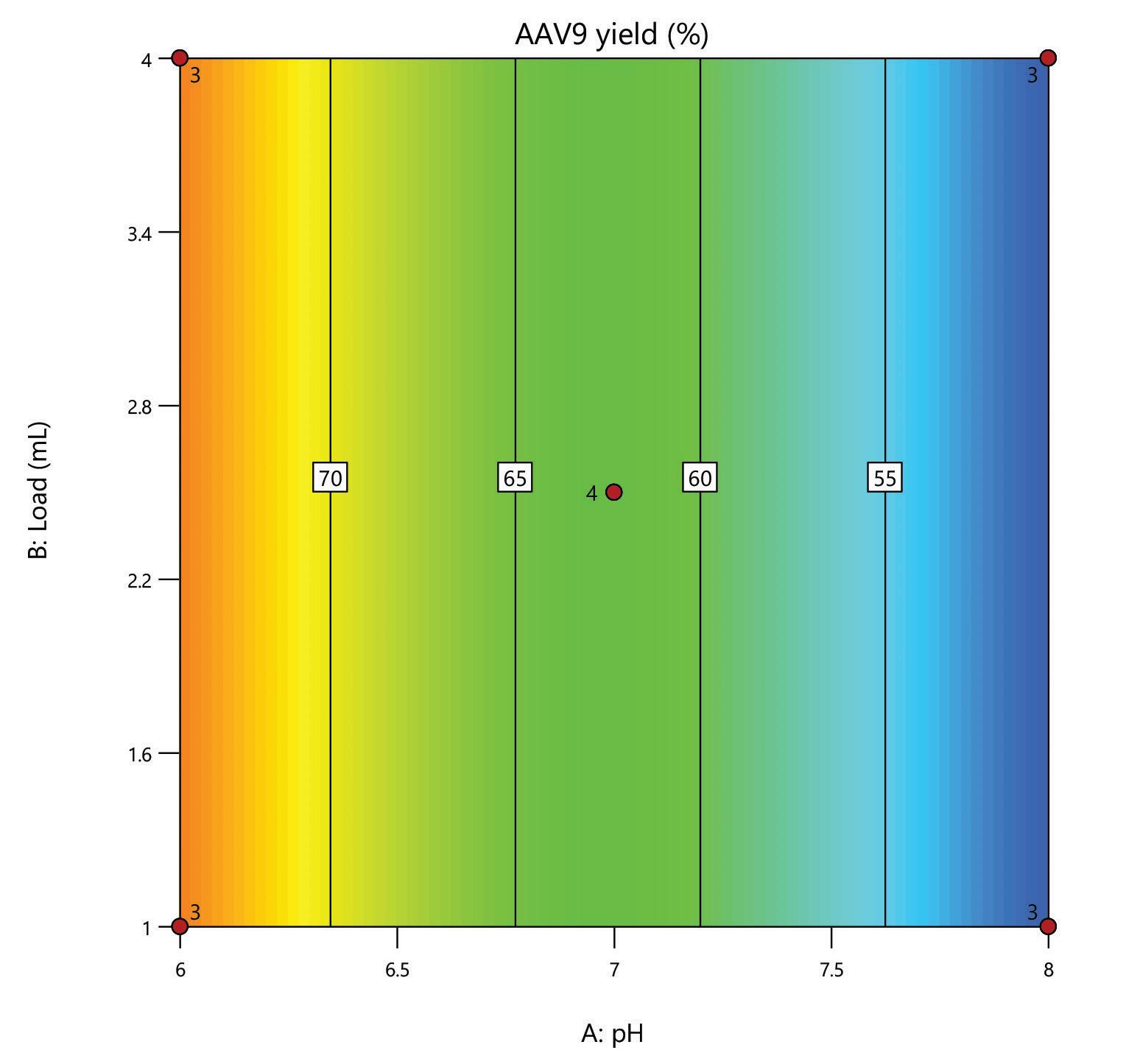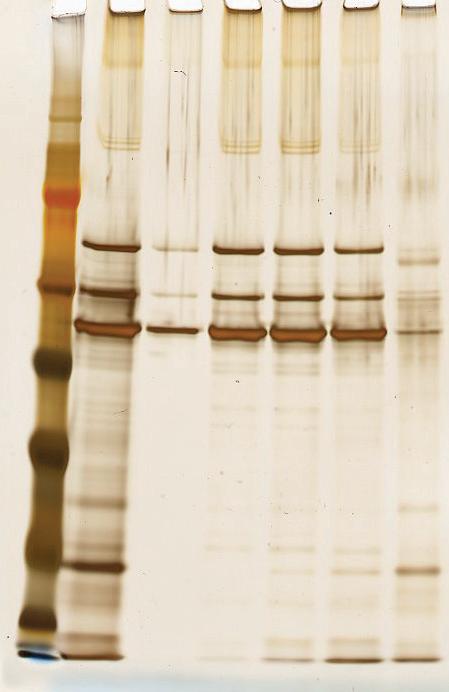HCPure™ process related impurity clearance from viral vectors
K. Morante, C. Jones, J. Lembo, C. Burdett, I. Scanlon, L. Knightley, C. Booth Astrea Bioseparations, Horizon Park, Barton Road, Comberton, Cambridge, CB23 7AJ, UK
Abstract
Final product purity is critical to the efficacy and safety of cutting-edge cell and gene therapy outcomes. Removal from the final therapeutic formulation of process related impurities such as host cell proteins (HCP), host cell DNA, and any DNA remaining from transient transfection, is critical to delivery of safe and effective treatments.
To achieve the purities required, intermediate and polishing steps are often employed in multistep purification processes. For such steps, mixed-mode chromatography (MMC) can be a powerful tool. Most commercial MMC products utilize ion exchange (IEX) and hydrophobic (HIC) binding interactions to maximize purification potential and therefore reduce processing costs.
HCPure™ host cell protein clearance resin from Astrea Bioseparations is a mixed-mode chromatography resin, designed for the removal of impurities from a range of targets and expression systems, based on an orthogonal ligand design using electrostatic interactions and HIC.
Here, we demonstrate that the unique binding profile allows for two key advantages: utilization of mixed-mode to create a highly tuneable purification platform for a variety of loading conditions, and the ability to purify feed streams that other resins can struggle to effectively clean.
1 Effective binding of HCPure™ to differing DNA lengths
DNA in viral vector production is generally degraded by endonuclease treatment. However, the efficiency of such degradation can vary due to the amount of DNA which can be present. For triple transfection production of AAV, there can be relatively large volumes of DNA added, in addition to the presence of host cell DNA, due to lysis or cellular degradation. Consequently, despite endonuclease treatment, there can be significant variability in the amount of DNA impurities present.
Here, we evaluated the binding of different sequence lengths of HCPure™ at low conductivity and salt. The sequences were generated in E. coli and purified using an AEX based process.

The resin was screened as a 200 µL slurry in triplicate for each sequence in a 96 well plate on the Beckman Coulter Biomek® i7 liquid handling platform.
Binding was calculated using UV 260 absorbance measured on a BMG LABTECH CLARIOstar® UV plate reader.
Binding of pDNA to HCPure™ even in sequences up to 34 kb was seen, suggesting that DNA can be efficiently removed by HCPure even if endonuclease treatment was omitted.
Here, we evaluate the DNA removal from AAV 9 expressed in Sf9, purifying in flow-through mode on a 1 mL HT HCPure™ resin column in 10 mM sodium phosphate with 200 mM NaCl 0.001% pluronic F68, pH 6. Clearance of dsDNA was measured by Picogreen, and retention of AAV 9 was measured by ELISA. In this experiment, 75% of the dsDNA was removed. The AAV capsid recovery was 62%, which was improved following a pH and loading volume screen in Box 2.
Summary
The mixed-mode HCPure™ adsorbent from Astrea Bioseparations has been screened as a polishing step for a variety of targets and expression systems. For expression systems typically used in the cell and gene therapy field, such as HEK293 and Sf9, screening of HCPure against a range of loading conditions and compared to another commercially available mixed-mode adsorbent demonstrated the robust performance of HCPure
HCPure™ showed minimal influence from
the target from HCP. Furthermore, the ability of HCPure
AAV serotypes directly from the post-affinity
illustrating
was



